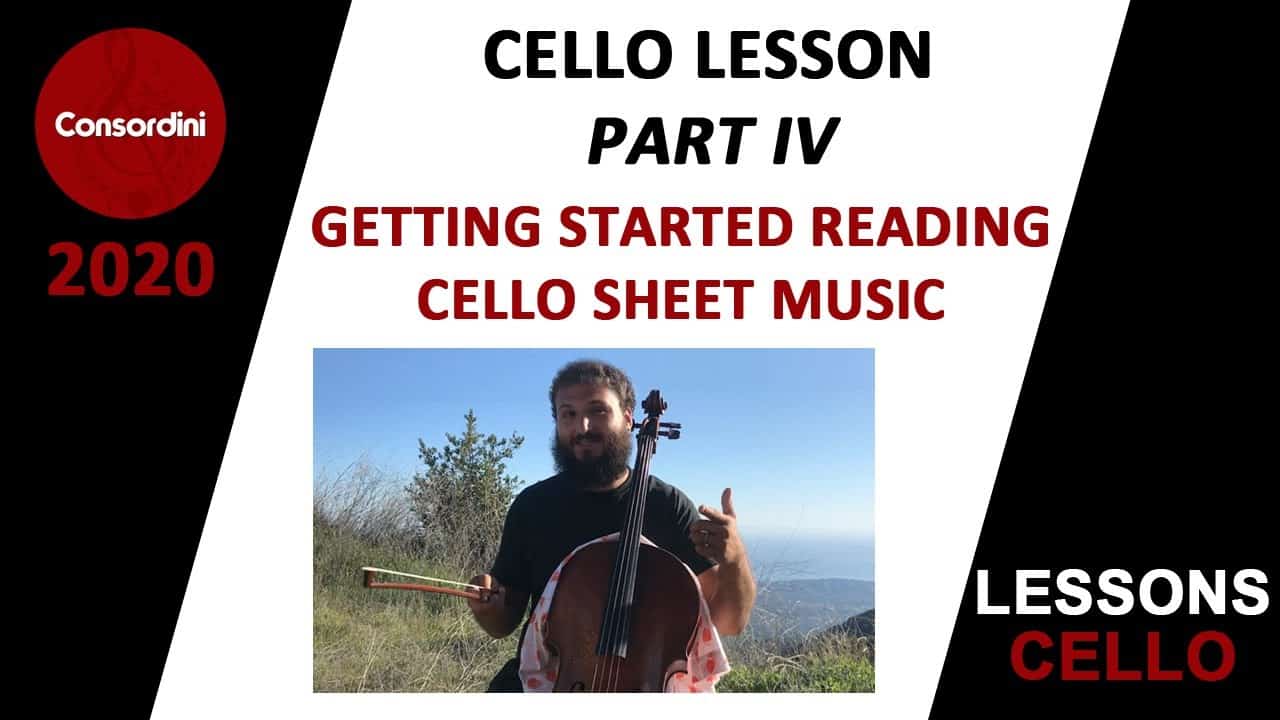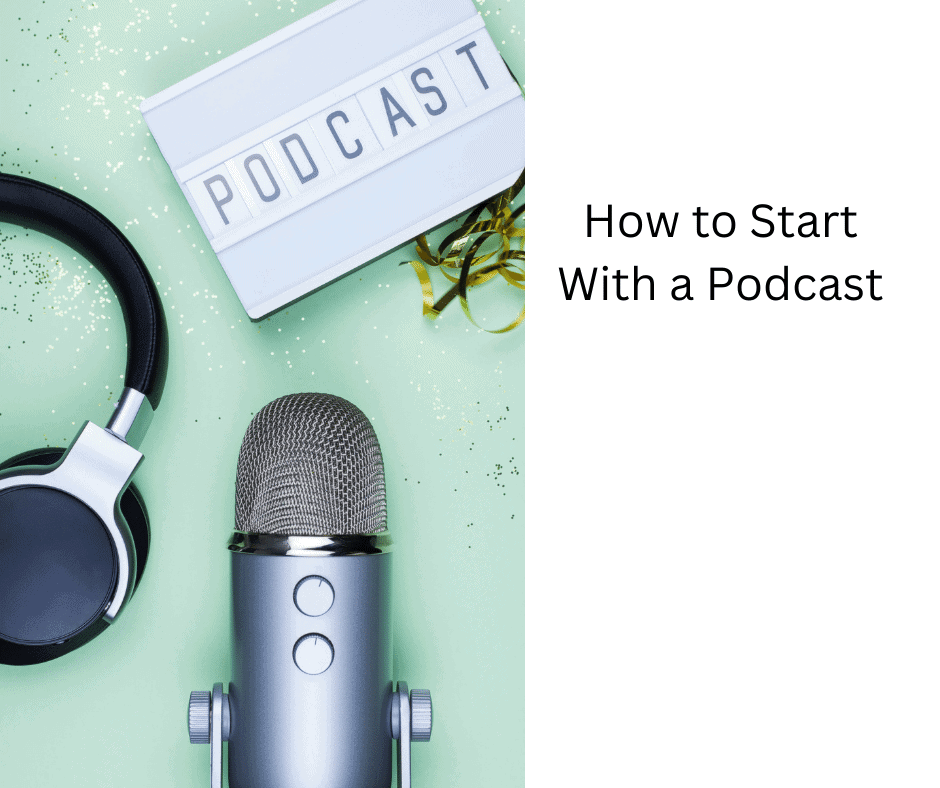Getting Started Reading Cello Sheet Music
Learning how to read music can seem like a daunting task at first, but in this lesson, we break down the beginning steps to associating written music in bass clef to the strings of the cello, and introduce the basic rhythmic values. Unfortunately, “cello clef” doesn’t really exist apart from mainly being in bass clef, as cellists read in treble clef and tenor clef also.
But for bass clef, the association is simple: the top line of the staff is the highest string on the instrument, the middle line is the D string, the lowest line is the G string, and then you have to add two “ledger lines” to get to the open C string. Because of this tuning, the keys of the lower open strings – C, G, and D – are the friendliest to play. But cello – like all modern classical instruments – is a chromatic instrument and plays in all keys.
Learning complicated rhythms, reading in different keys, and learning all the different markings composers leave is a longer endeavor than one video, so it’s best to be patient, and start by getting comfortable relating the notes on the staff to the open strings, and to begin a sense of reading rhythm.
The history of music notation goes back to medieval Gregorian chanting, where four lines of staff were used, on which little black dots noted the relative pitches. Over time, notation has grown – and is still growing every time a composer introduces a new term or symbol.
The convention for modern sheet music is five staves (lines) where the higher you read, the higher the notes, and both every line and space between the line represents a note. The symbols # and b will denote a sharp or flat note, and a natural sign is used also to mean the absence of a sharp or flat. At the start of sheet music, you may see several of these symbols; this refers to the key.
In the key of A, for example, there are three sharps, because to make the A major scale you must raise the C, F, and G to C#, F#, and G#. So composers notate all three of these sharps at the start of the music so that there is less clutter along the way.
Rhythmically, music is organized into bars or measures; and, as the name measure suggests, they are all measured – and unless remarked, will contain the same number of “beats” per bar. These can all be broken down into groups of twos or threes.
Even though practicing reading music is important, don’t forget that it is only a notation of music, not the music itself.
It is still really important to practice by ear, and to practice scales, which will form the foundation of the muscle memory that allows you to read music quickly in the first place.
Otherwise, it will not be a quick way to communicate music to you, it will just stay hieroglyphics that must be slowly deciphered. The best way to get better at reading music is to practice doing so.
Find a book of melodies that you have not read before, and try playing them. Start at a reasonable tempo so that you are still playing in time. The other thing that will help a lot is to play in a local orchestra. Sight reading around other musicians will help you feel what is truly required there, and where you need to work. As you continue on this venture, we will work on more elements of reading music together. Let us know your questions and we will do our best to answer them!










